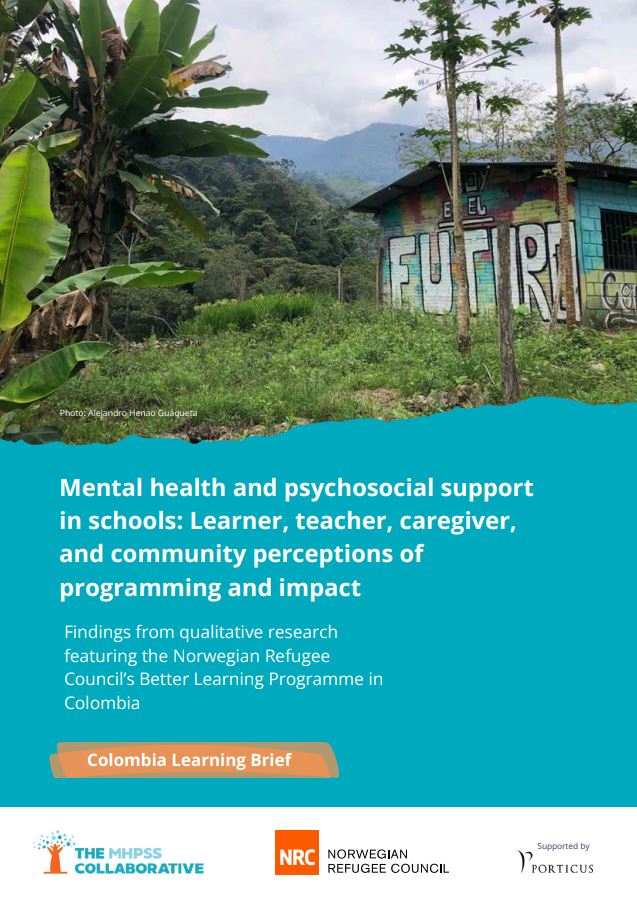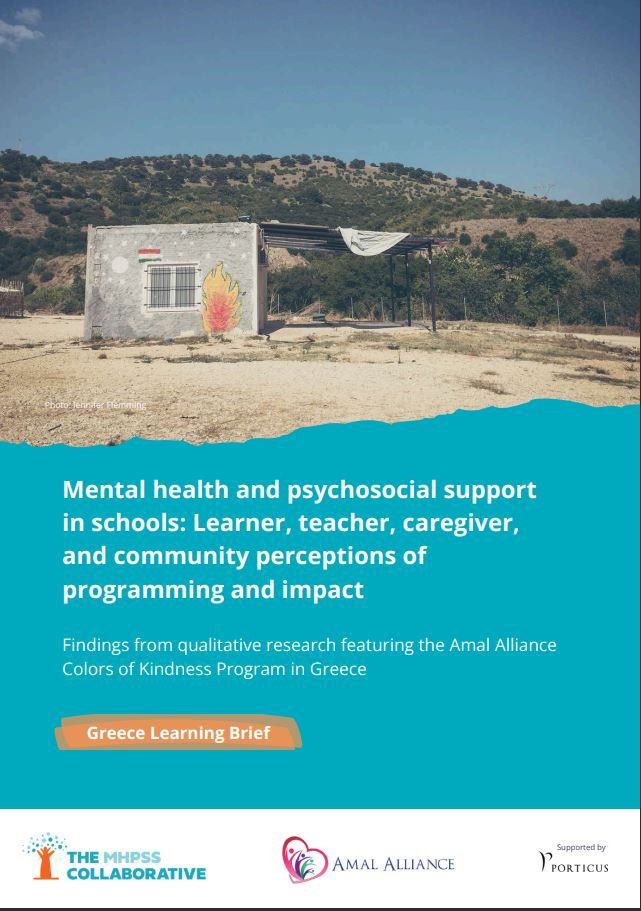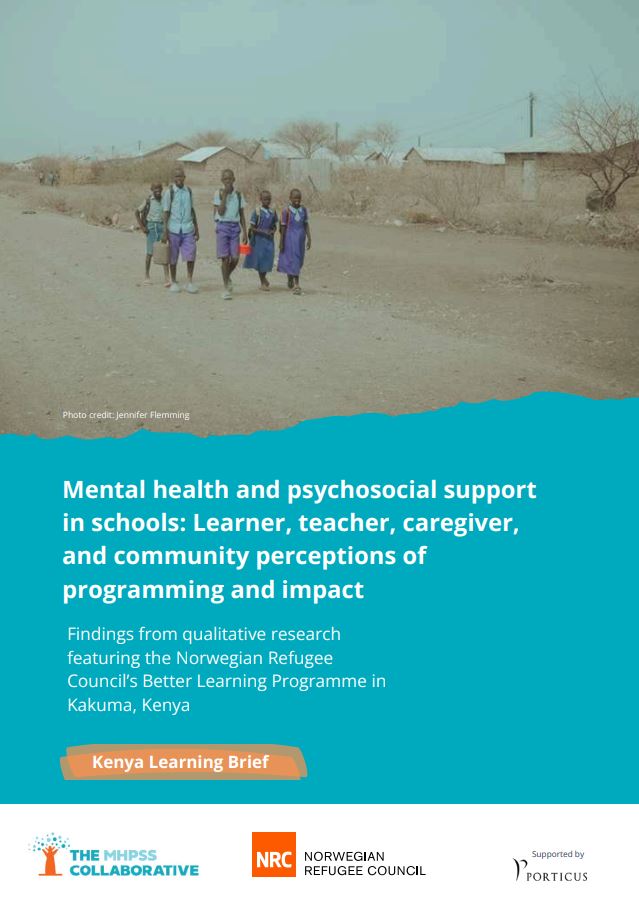Mental health and psychosocial support in schools: Learner, teacher, caregiver, and community perceptions of programming and impact. Findings from qualitative research featuring the Norwegian Refugee Council’s Better Learning Programme in Colombia.
At the end of 2022, 40% of the nearly 110 million persons forcibly displaced globally were children under the age of 18. Displaced children face acute and chronic adversities that significantly threaten their mental health and psychosocial wellbeing. The urgent needs of children in humanitarian crises underpin various policies and programmatic approaches that include increasing attention to both mental health and psychosocial support (MHPSS) services broadly and in education approaches specifically. MHPSS in education in emergencies (EiE), including social-emotional learning (SEL), has been identified as an important pathway to address both children’s mental health and psychosocial needs and to improve learning outcomes.
There is increasing recognition that quality education is reflected not just in academic outcomes such as literacy and numeracy, but also in those indicating learner psychosocial wellbeing. Learners are embedded within a context of specific relationships, environments, and systems that notably influence their daily lives, learning, and holistic wellbeing. These socio-ecological factors are complex and context-specific, and can have a significant impact on the efficacy of an intervention aimed at supporting children’s growth and learning.
Colombia is recognized as the third most neglected nation in terms of the displacement crises globally, as reported by NRC in 2022. The country is facing a deep-rooted humanitarian crisis, fueled by internal conflicts since 1958 and resulting in over 2.17 million displaced persons by 2022. While Colombian laws mandate mental health care and early detection in schools, there is a significant gap between policy and implementation of such programs, especially in rural and conflict-affected areas. Prolonged exposure to violence and instability has led to heightened levels of anxiety and depression among children and youth. Education has been particularly impacted, with displaced children facing numerous educational barriers and schools in IDP-dense areas struggling with overcrowding and limited resources.
This research set out to examine the enabling environments for MHPSS interventions delivered in education settings in humanitarian contexts, with specific focus on the Norwegian Refugee Council’s (NRC) Better Learning Programme (BLP) implemented in Colombia.


